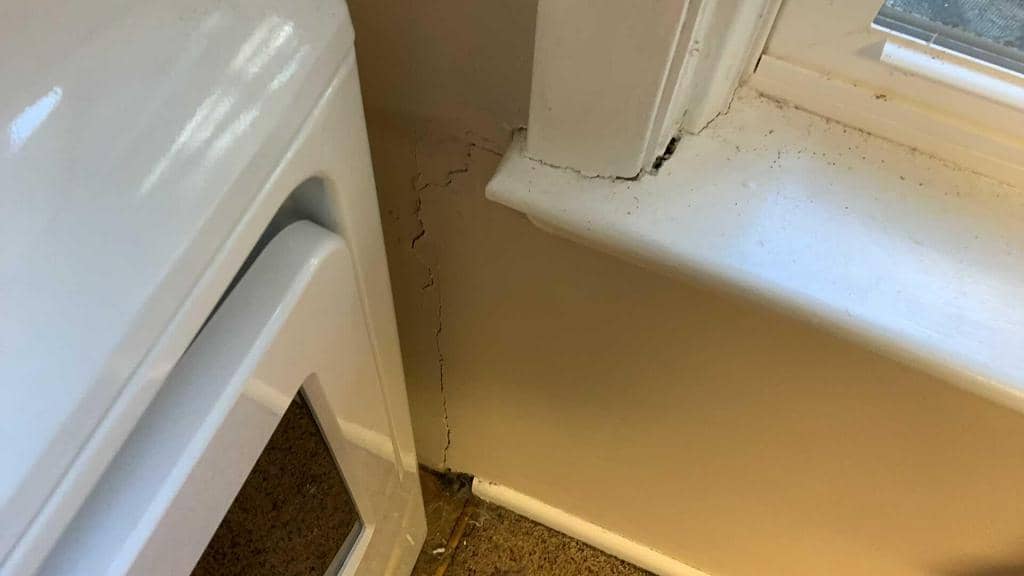The smart Trick of Best Basement Waterproofing That Nobody is Discussing
Not known Details About Best Basement Waterproofing
Table of ContentsThe 30-Second Trick For Best Basement WaterproofingWhat Does Best Basement Waterproofing Do?The smart Trick of Best Basement Waterproofing That Nobody is Talking AboutThe smart Trick of Best Basement Waterproofing That Nobody is Talking AboutSome Known Questions About Best Basement Waterproofing.
AdvantaClean's skilled professionals and technicians will locate the water source. If wall or slab cracks are present, we will inject polyurethane and epoxies into the fractures and seal the compromise, avoiding additional wetness from going into.
If there's condensation on the outside of the aluminum foil, you have high humidity in your cellar. If the foil has condensation on the within surface (following to the wall), the dirt around your house might be normally damp from a high water table or bad dirt drain.
You can waterproof simply your interior wall surfaces, which may address the issue. Or you can waterproof your outside walls, which is a far better bet yet more expensive. Here's the scoop on the various types: These thick layers are cement-like. Once they dry out, they adhere completely to concrete and masonry walls (Best Basement Waterproofing).
Best Basement Waterproofing - An Overview
Concrete waterproof coverings can't be applied to formerly repainted surface areas; examine the tag. Understood as densifiers, they are suitable just for wall surfaces that have not been repainted or secured.
You brush, roll, or spray it on much even more heavily one gallon covers just 75 square feet, not the 300 square feet common with conventional paint. Water resistant paint is fine for DIY application. You can apply it over repainted surface areas, and paint over it once it's cured (one gallon costs $37).
It can cost $10,000 to $15,000, depending on the job needed. Exterior waterproofing involves digging deep into around your home to the full deepness of the foundation walls, after that setting up a waterproof coating or membrane layer covered by drainage panels. The panels give a simple path for water to move down to an external French drain at the base of your foundation.
We've all been captured in a storm without umbrella or raincoat (Best Basement Waterproofing). And it's always a recipe for disaster: whatever's wet, your coiffure is destroyed, and points are getting mildewy. A cellar without waterproofing is type of like that. Minus the wrecked hairstyle component. Your cellar doesn't wish to go via a downpour without appropriate protection equally as long as you do not intend to.
The 45-Second Trick For Best Basement Waterproofing
If you've done your research, you would certainly recognize there are 2 kinds of waterproofing: inside and exterior. It can get confusing what they both mean, which one's a better investment, and what will actually maintain the water out. Do not stress, we placed together this blog to easily define both approaches for you and review the advantages and disadvantages of each.
Outside waterproofing is a waterproofing technique that entails sealing your home from the exterior. The foundation walls are after that cleaned up, sealed, and covered with a waterproof membrane layer or sealant.
Some Ideas on Best Basement Waterproofing You Should Know
It's a more engaged procedure use this link that calls for digging up your lawn, which is pricey and taxing. Outside waterproofing involves eliminating whatever bordering your house, including patios, driveways, pathways, landscape design, air conditioner units, decks, and so forth. If any of the work was done improperly and water is still entering your cellar, there isn't much you can do to deal with or repair it.
Inside cellar waterproofing entails waterproofing from the within. Any kind of water that leakages into your basement is redirected before it right here touches your flooring.
It's an effective technique to water-proof your cellar - Best Basement Waterproofing. The downside of interior basement waterproofing mainly has to do with the installation process. This technique calls for saved items, furniture, and built-in shelving or cabinets to be moved from touching the basement walls. And during setup, your cellar can not be utilized. The biggest distinction between the two methods is this: Exterior waterproofing is a preventative solution and interior waterproofing is a restorative remedy.
Best Basement Waterproofing - Questions
Finally, exterior and interior cellar waterproofing are both efficient methods of protecting your home from water damages. Exterior waterproofing creates an obstacle that avoids water from entering your home, while interior waterproofing reroutes water that does enter your home. And it's essential to note that outside waterproofing is a costly and turbulent setup process when compared to interior waterproofing.
Whichever method you pick, ensure you pick find more info a reputable and trustworthy contractor for the task. Both methods call for skilled employees to manage the job. If you have any type of questions regarding basement waterproofing, please reach out to us. And if you remain in our service location and have water in your basement, call us for a totally free, no-obligation home evaluation.
You can submit our type below, start a conversation in the lower right-hand corner, or call us at 1-800-827-0702.